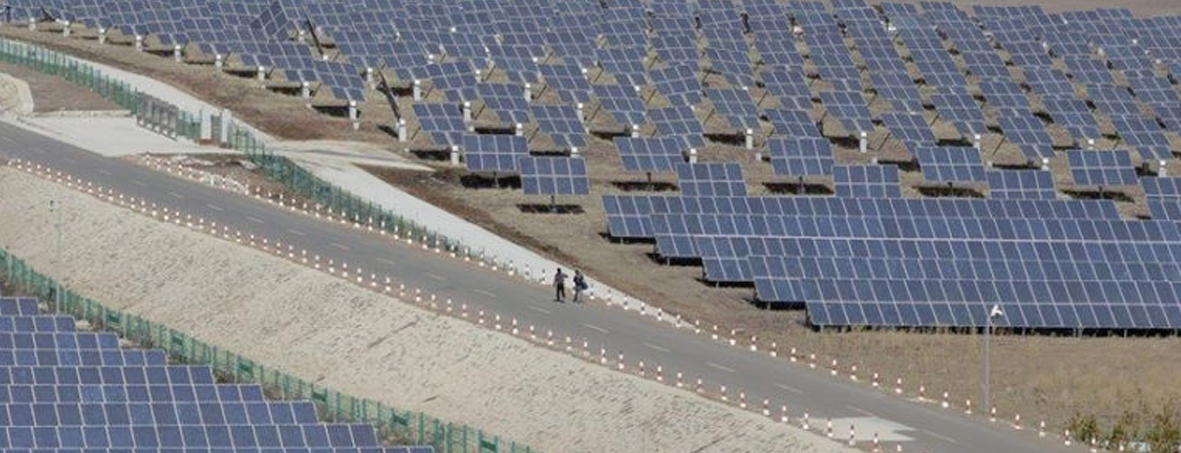
KOLKATA: India’s total installed solar capacity has grown by over 80% in the last 12 months to reach 8.1 GW. Out of the 3.6 GW capacity added in this period, 2.7 GW has come from four southern states with Tamil Nadu alone adding over 1.2 GW. These six states account for 80% of the capacity added in India.
Data compiled by Bridge to India indicates that Tamil Nadu now ranks number 1 for commissioned capacity in both wind and solar. Feed in tariff for solar has been about Rs 7.01 unit.
Including the current pipeline of 14 GW, 55% of total current and planned capacity will be located in four southern states; fresh demand from these states is expected to be muted.
Market growth beyond 2018 will depend on fresh demand coming from states such as Maharashtra, Gujarat and Uttar Pradesh
As of date, three western and central states of Rajasthan (1,307 MW), Gujarat (1,112 MW) and Madhya Pradesh (756 MW) and three southern states of Tamil Nadu (1,368 MW), Andhra Pradesh (961 MW) and Telangana (923 MW) account for around 80% of India’s total installed solar capacity as against only 38% of India’s overall power consumption.
The remaining 23 states including some of the largest power consuming states like Maharashtra, Karnataka and Uttar Pradesh account for just 20% of the installed capacity.
In the initial phase of solar sector development in India, until 2014, bulk of solar capacity addition came up in Rajasthan, Gujarat and Madhya Pradesh (57% of total). But the southern states have taken decisive lead in the last year driven primarily by their growing power needs.
An analysis of recently completed tenders totalling over 14 GW shows that this trend is likely to continue over the next 2 years with the southern states accounting for 60% of this pipeline (8.7 GW). Karnataka has the largest pipeline of projects, 3.3 GW in total, under various stages of development.
“Such heavy regional concentration of solar capacity addition raises two key issues. First, where is future demand going to come from? This is a growing concern for the sector as India faces a unique problem of excess power supply and most of the big power consuming states seem understandably reluctant to set up new solar capacities,” said Jasmeet Khurana, associate director – consulting, from Bridge to India
“Second, grid balancing and management would become increasingly critical for sustainable growth of the sector. The government is planning upgrades of transmission infrastructure through its green energy corridor program, but such projects take much longer than the 12-18 months it takes to commission a solar project. States with high renewable penetration including Tamil Nadu and Rajasthan are already facing significant grid curtailment upsetting project cash flows and return expectations of investors,” he said.